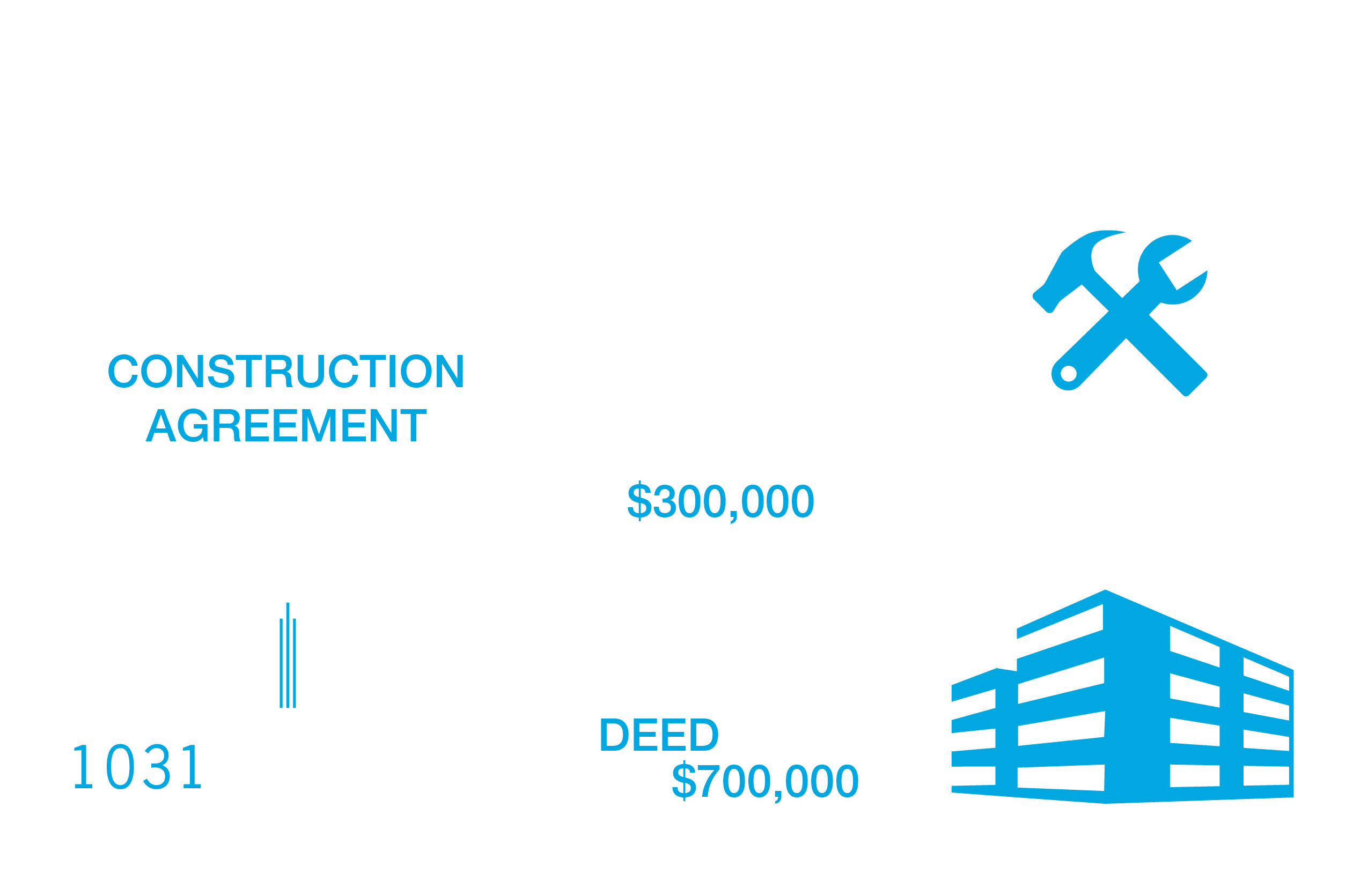Exchange Types
Forward Exchange

The forward exchange is the most common. It occurs when the Exchanger conveys their relinquished property prior to acquiring their replacement property. The sale and purchase agreements are assigned to the Qualified Intermediary, and the exchange funds flow through the Qualified Intermediary from the relinquished property to the replacement property. The relinquished property is deeded directly from the Exchanger to the purchaser, and the replacement property is deeded directly from the seller to the Exchanger.
Reverse Exchange


The Exchanger may acquire a replacement property before they convey their relinquished property, however, they generally may not own both properties at the same time. The most common reverse exchange structure involves “parking” title to the replacement property with a limited liability company that is wholly owned by Qualified Intermediary until such time as the relinquished property can be sold. The Qualified Intermediary then completes the 1031 exchange by transferring the replacement property to the Exchanger.
Reverse exchanges are complex, and require significant planning. Draw on KV 1031 team’s substantial experience early in the process, so we can work with your tax and legal advisors as they structure the transaction.
Improvement Exchange



An Exchanger may wish to acquire a replacement property that is less expensive than their relinquished property, but wish to make improvements to that property using exchange funds. Unfortunately, exchange funds cannot be used to make improvements to a property the Exchanger already owns, so in order to defer the taxes on those funds, the improvements must be made before the Exchanger acquires the replacement property.
Like the reverse exchange, the Exchanger’s goal can be accomplished through a parking arrangement. The replacement property can be acquired by a limited liability company that is wholly owned by the Qualified Intermediary, who can then use the exchange funds to pay for renovation or new construction costs for the replacement property. Before the end of the 180 day Exchange Period, the Qualified Intermediary will have the replacement property transferred to the Exchanger at its improved value.

